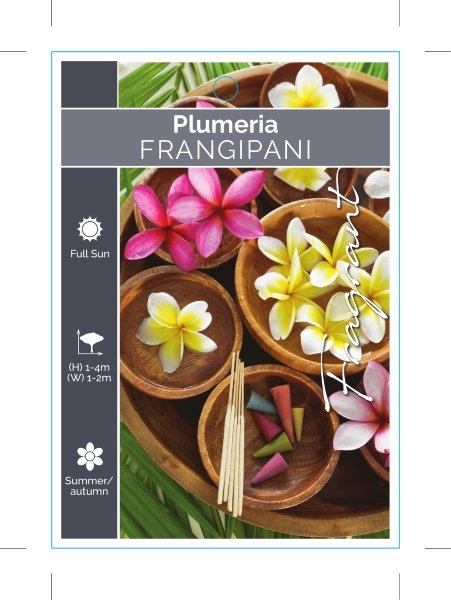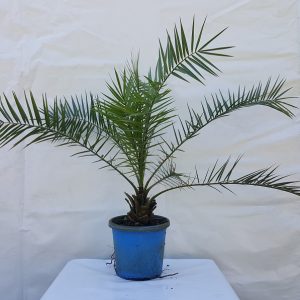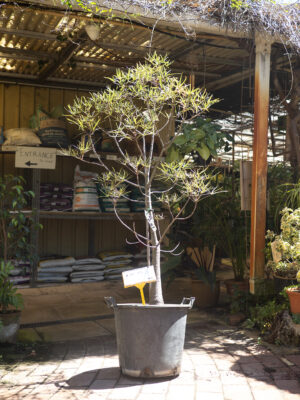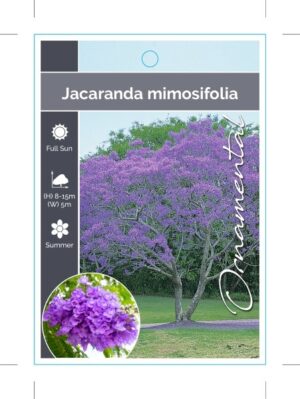Description
Frangipani trees are relatively small trees growing only to about 5-6m in height, but what they lack in height they make up in width often becoming as wide as they are tall. They have a well-behaved root system which makes them great for the home garden and for growing in pots. Frangipani trees are also great survivors coping with drought, heat, neglect and insect and pest attack. They are also deciduous allowing maximum winter sun while providing shade in summer.
GROWTH:
With its gnarled branches, long leaves and distinctive flowers, the frangipani is easily one of the most common and identifiable trees. The bark is grey/green and scaly in appearance. The scaling on the fragipani is formed when leaves drop in winter leaving small semi-circular marks on the bark. The branches have a swollen appearance and the leaves, dark green on the top and a lighter shade of green underneath, cluster at the tips of branches. A cut made on any part of the tree will exude a milky, sticky sap that is poisonous to both humans and animals.
FLOWERS:
Frangipani flowers appear in clusters, also at the end of the branches, and are distinctively scented. The petals are waxy with the centre of the flower a different colour to the rest. For example the most common frangipani has white flowers with a yellow centre. There are many varieties of frangipani ranging from deep crimson to orange , yellow and white (and every shade in between). Unlike some flowering trees which bloom for a few days or weeks, frangipanis go on flowering. Flowers appear from December to April in Australia, and even longer in warmer climates.
Frangipani Colors Available (contact for up to date stock):
Red
Just Red
Jakarta Red
Samoan Fluff
Darwin Sunset
Hawaiin Sunset
Cream
Yellow
Just Pink
Candy O
Goldilocks
Cotton Candy
Summer Love
India
Misc Extra: Beautiful flowers of many different colours. Grows well in most conditions, easy to propagate.

